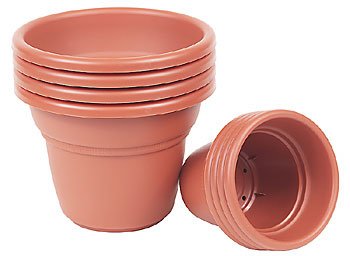When I left you last week with the Year of the Viola, I promised
to write about the featured vegetables for 2007. The National
Garden Bureau has named 2007 the Year of the Cabbage and Kale. The
National garden Bureau is a nonprofit organization based in
Illinois that publicizes flowers and vegetables.
When I left you last week with the Year of the Viola, I promised to write about the featured vegetables for 2007. The National Garden Bureau has named 2007 the Year of the Cabbage and Kale. The National garden Bureau is a nonprofit organization based in Illinois that publicizes flowers and vegetables.
Cabbages and kales are linked because both are among the hardiest and most nutritious vegetables a home gardener can grow with ease. Both are handsome in the garden, with colors ranging from pale green through dark battleship blue and deep reddish purples. Flavors range from mild to strong, and both cabbages and kales lend themselves to dishes both raw and cooked.
Maybe best of all, cabbages and kales are easily grown in our local climates. They are winter hardy, meaning you can grow them basically year-round here. Early spring is the perfect time to get them growing since they prefer cooler weather. However, cabbages and kales can also be grown throughout summer locally, although they prefer not being grown in a full-sun area.
Cabbages and kales are easily started by seed, or you can choose already-started transplants from nurseries. If starting by seed, it might be easier to start them in flats or individual containers. Once plants are several inches high with two sets of true leaves, they can be transplanted in the ground at least 12 inches apart. If growing in rows, space rows at least 24 inches apart. Prepare your soil beforehand by mixing in plenty of organic matter, such as compost, well-rotted manure or other soil conditioners. You can also plant in raised beds or even containers since cabbage and kale plants don’t grow enormously large or out of control.
By starting with seed, you have a much wider variety of cabbages and kales to choose. Cabbages range from green-leaved and red-leaved varieties to savoy types, Chinese cabbage, Napa cabbage and more. I’m partial to red-leaved cabbages like “Ruby Ball” or “Red Meteor,” both of which make attractive coloring in salads. Napa cabbage is the best known type of Chinese cabbage with closed heads or leaves that overlap the top of the head.
Kale varieties vary in color from pale yellow to deep green and steely blue to purplish red and almost black. They are classified by their leaf form and texture – Scotch types have very curled and wrinkled leaves, Siberian or Russian types are almost flat with finely divided edges, while heirloom “Lacinato” is in a class of its own.
As mentioned, cabbages and kales can be grown right now in full sun. Later in the gardening year, they would prefer a little shade. They can also be started anew in the fall and be grown throughout winter in our area.















